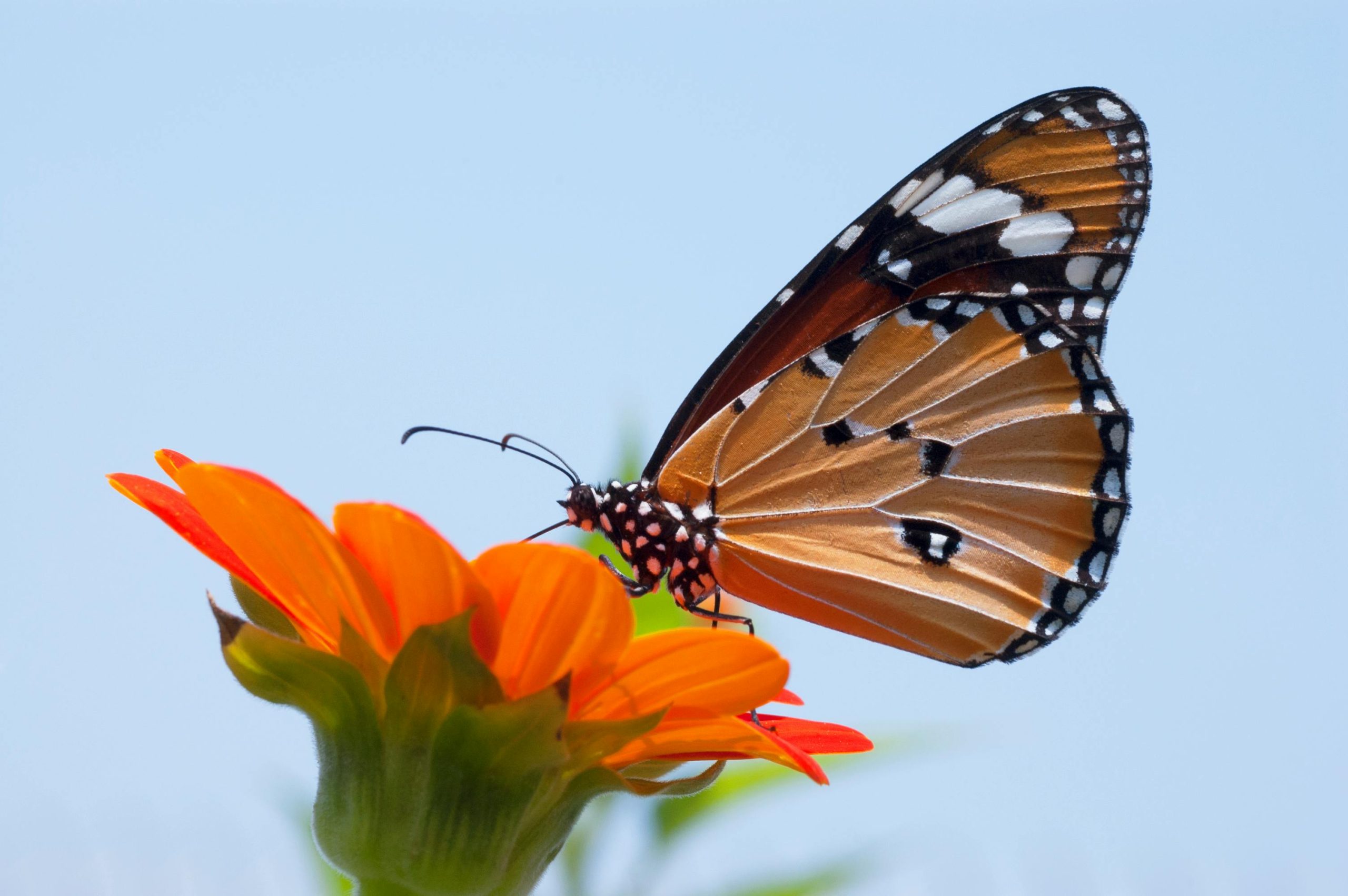
Creating a Wildlife-Friendly Garden: Simple Steps to Attract Birds, Bees, and Butterflies
Gardens can be more than just a visual delight; they can also be a haven for local wildlife. By creating a garden that attracts birds, bees, butterflies, and other beneficial creatures, you can support local ecosystems while enjoying the added beauty and life these visitors bring. Whether you have a small patio or a large backyard, there are simple steps you can take to make your garden more wildlife-friendly.
Planting for Pollinators
The first step to creating a wildlife-friendly garden is to focus on plants that attract pollinators. These creatures are not only beautiful to watch but are also essential to the health of your garden.
Flowers for Bees and Butterflies
Pollinators like bees and butterflies are vital to the health of our gardens and the environment. By planting a variety of nectar-rich flowers, you can attract these important creatures. Choose plants that bloom at different times throughout the year to provide a continuous food source. Some easy-to-grow options include lavender, sunflowers, and marigolds.
Native Plants
Alongside planting for bees and butterflies, another effective way to attract wildlife is by incorporating native species. Native plants are those that naturally occur in your region, and they are well-suited to the local climate and soil conditions. These plants are often more attractive to local wildlife because they have evolved together. Including native plants in your garden will provide food and habitat for a wide range of species, from insects to birds.
Providing Shelter
Beyond food, wildlife also needs places to shelter and raise their young. Let’s explore how you can provide these important habitats.
Birdhouses and Feeders
Birds are a welcome addition to any garden, and providing them with safe nesting spots can encourage them to stay. Birdhouses come in various sizes and designs, so choose one that suits the types of birds in your area. Adding feeders with a mix of seeds will also help attract a variety of species. Place them in quiet, sheltered spots to keep the birds safe from predators.
Insect Hotels
In addition to birds, insects play a crucial role in maintaining the health of your garden, from pollinating plants to controlling pests. An insect hotel is a simple structure that provides shelter for beneficial insects like ladybugs and solitary bees. You can easily make one using materials like hollow stems, wood, and stones, or you can purchase a pre-made insect hotel from a garden center.
Water Sources
Water is another key element in a wildlife-friendly garden. Let’s look at some simple ways to provide water for birds and other creatures.
Birdbaths
A birdbath is a simple way to provide water for birds and other small creatures in your garden. Choose a shallow dish and place it in a spot that gets some sun but isn’t too exposed. Regularly clean and refill the birdbath to keep the water fresh.
Ponds or Water Features
For those looking to add a bit more to their garden, consider adding a small pond or water feature. This addition can attract a variety of wildlife, from frogs to dragonflies. Even a small, shallow pond can become a focal point for wildlife in your garden. Ensure that the pond has gentle slopes or stones at the edges so that animals can easily access the water.
Avoiding Chemicals
Finally, to keep your garden truly wildlife-friendly, it’s important to minimize or eliminate the use of chemicals.
Using pesticides and herbicides can harm the wildlife you want to attract. Instead of relying on chemicals, consider natural alternatives like companion planting, which involves growing plants together that benefit each other by deterring pests. For example, marigolds can help repel certain insects when planted near vegetables.
Conclusion
Creating a wildlife-friendly garden doesn’t have to be complicated or require major changes. By planting a variety of flowers, providing shelter and water, and avoiding chemicals, you can create a space that supports local wildlife. Even small changes can make a big difference, transforming your garden into a vibrant and lively haven for birds, bees, butterflies, and more.





